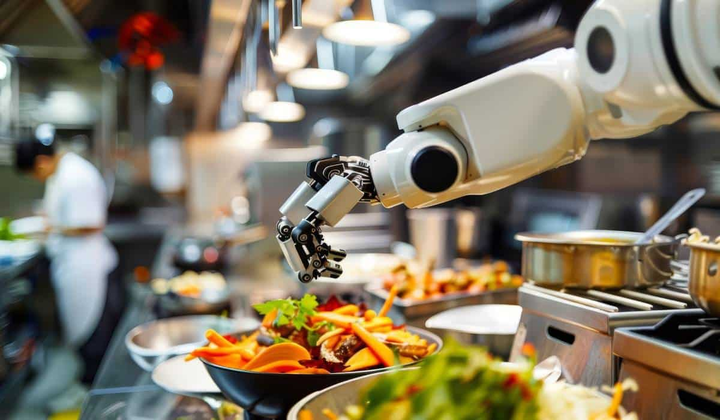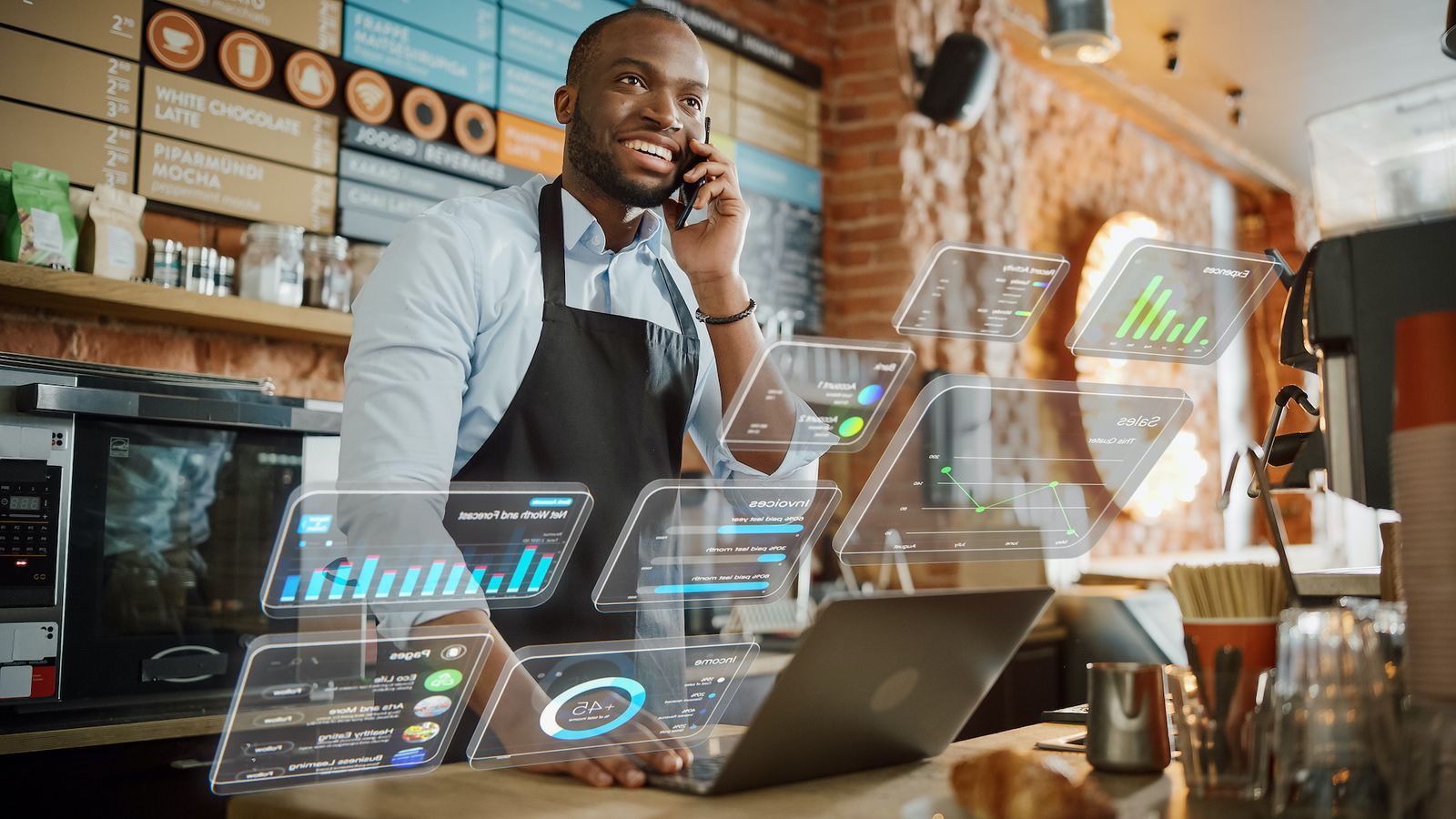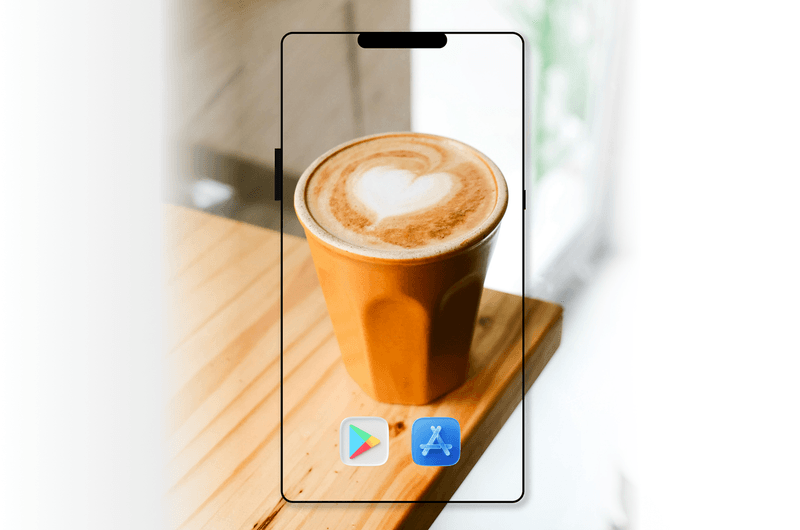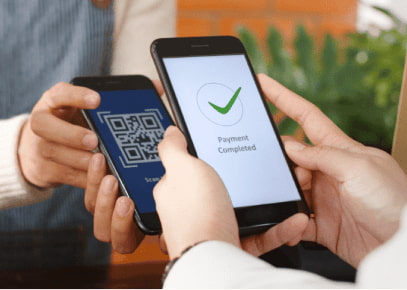Key Takeaways
Artificial Intelligence is making heads turn & lives easier with the convenience that it is bringing to every sector such as healthcare, tech, marketing, and so on. Similarly, it is also expanding its reach into the food industry for things like restaurant branding awareness, food delivery, food inspection, and online ordering.
The number of applications leveraging Voice First technology and the use of smart speakers such as Amazon Echo and Echo Dot, Google Home, or Apple's HomePod has been impressive over the past few years. As the current COVID/19 pandemic situation seems to be returning to some level of normalcy, voice technology is becoming more popular among the millennials and older generations.
Although voice technology has demonstrated exponential growth in general, its use has skyrocketed since the pandemic began. Voice assistants have become more and more common among consumers over time. The ability to see (and listen to) menu items with Google Home or Alexa will bring convenience to a whole new level once the technology has reached its full potential.
What Is Voice Ordering For Restaurants?
In many ways, voice-ordering technology is similar to a digital concierge app. This technology converts an analog signal into a digital signal. The entire process consists of:
- Digital database that contains a vocabulary of words
- making up speech pattern
- syllables
There are some brands that have been successful in achieving complete integration, including the ability to use Alexa and Siri to shop are Starbucks, Domino’s Pizza, KFC, Wingstop, and Denny’s.
Denver’s Good Times Burgers & Frozen Custard has also started adding voice assistants to its drive-thrus starting earlier this year. CEO Rob Carpenter says, “It’s not perfect yet, having a human there is still critical, but we plan to phase them out over the next year.”
Foodservice is gaining interest in voice ordering, and the number of customers wanting to use it is increasing, even though only 8% of people currently use the speakers for food and beverage shopping. A survey from MDR Group and Progressive Business Insights found that 20% of consumers are "extremely interested" while 19% are "very interested” in using voice ordering to order food from restaurants.
Domino's, which introduced "Dom" in 2014, has been ahead of the curve with voice-activated ordering. Domino's app takes orders from Dom, a computer-generated male voice. Integrated into Domino's ordering apps for iPhones and Androids, the virtual voice-ordering assistant provides an entirely human-like, conversational experience to the users.
Advantages and Disadvantages of Implementing Voice Ordering
There are several benefits for voice ordering. Few of them are listed below:
- For people with visual impairments, this can provide better accessibility than using websites. As soon as it is set up, it takes a few seconds to order, and customers do not have to log into their accounts to place another order of a standard meal.
- One major advantage of a voice assistant over a human is that it can memorize the menu more quickly and can transmit the order to the POS without having to type anything. In addition to having satisfied customers, restaurants can use technology to smoothen their operations.
- Making restaurant recommendations smarter every second is made possible with the use of a voice assistant. Therefore, a guest can request a meal combination quickly using a voice assistant. If there is a large queue, one can make use of voice assistant to promote quick-preparation items.
On the flip side, there are few disadvantages of this technology, such as:
- It can be challenging to provide a full menu of 50 to 100 items to consumers. The restaurants will therefore concentrate entirely on using voice technology for reorders. It may be easier to increase existing customer orders with this feature, but it may be harder to attract new clients, who may not be comfortable to set up an account and link it to a phone app.
- Setting up the infrastructure is quite costly. Few smaller and traditional restaurants might not be able to afford the same.
- There are few security issues. People often don't like to mention their credit card numbers out loud or store their credit card numbers in a company's system.
How McDonald’s Has Integrated Voice Technology
McDonald’s has introduced big screens in 10 of its Chicago drive-thrus. These screens are perfectly capable of receiving an order. In order to buy, simply go to the screen, choose your order, customize it according to your taste, and pay through an integrated system. You need to collect a token number from the system in order to pick up your food.
The company CEO Chris Kempczinski said that the restaurants reported about 85% accuracy in the software recognizing orders, and staff had to step in for around one in five orders. McDonald's plans to use the system for faster, more accurate ordering at drive-throughs
Restaurant Voice Ordering Is Untapped Technology
Though, restaurant voice ordering is very convenient, it is still a relatively untapped technology. Currently, only few of the country’s biggest chains, such as Domino’s, Denny’s, Dunkin’, and Pizza Hut, are taking advantage of this technology. While 74.2 million Americans use smart speakers every month and 62% of speaker owners have bought items through voice commerce, only 7.9% of people use smart speakers for food and beverage shopping, according to Mastercard’s presentation at the 2019 National Restaurant Association Show in Chicago.
Conclusion
It is up to restaurants to decide what their operational priorities are. For some restaurants, it is all about providing good food to consumers, so they prefer not to participate in specialized production processes such as voice search technologies. Others see it as a part of their business, and they are open to coming up with creative ideas that make the technology more relevant and satisfactory for their clients.
It is not that difficult to implement e-commerce voice search in the restaurant or catering industry once the infrastructure and technology are in place. This is a technology that can be integrated with traditional ordering methods as well. Various restaurants take orders on this platform and then use more conventional methods to deliver the product.
Frequently Asked Questions


.gif)
.png)







